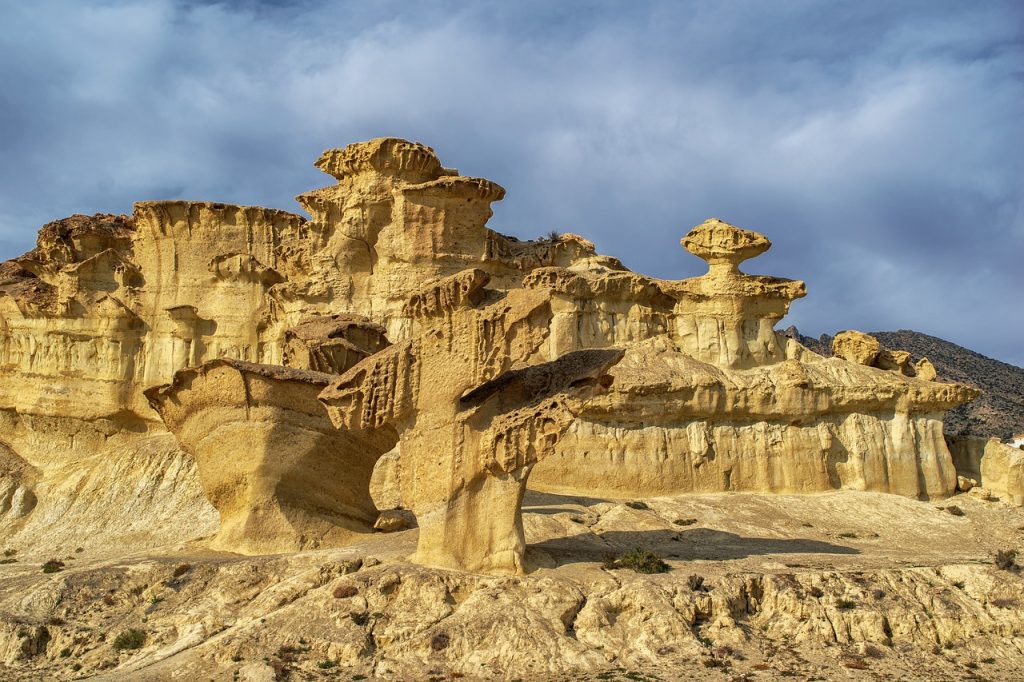Ploughing, also known as tillage, is a common farming practice used to prepare fields for planting crops. While it has been a staple in agriculture for thousands of years, recent research has shown that this method can have negative impacts on the environment. In this article, we’ll explore the reasons why ploughing is bad for the environment and what alternative methods are available to farmers.
Table of Contents
ToggleSoil Erosion and Degradation
One of the primary concerns with ploughing is soil erosion. The repeated breaking and stirring of the soil surface can cause it to lose its structure and become prone to erosion. This leads to the loss of fertile topsoil, which can take thousands of years to form. Soil degradation can also occur as a result of ploughing, as the natural balance of soil microorganisms is disrupted, leading to decreased soil health.

Water Pollution
Ploughing can also contribute to water pollution, as the soil particles that are disturbed during the process can be carried into nearby waterways by rainwater runoff. This can lead to increased levels of sediment in the water, which can harm aquatic life and make the water unsuitable for drinking or other uses. Additionally, the runoff from ploughed fields can also carry nutrients and pesticides into the waterways, further contributing to water pollution.
Carbon Emissions
Ploughing is a fuel-intensive process, and the use of tractors and other heavy equipment releases large amounts of greenhouse gases into the atmosphere. This contributes to climate change, which has far-reaching impacts on the environment and human health. In addition, the loss of topsoil from ploughing can also lead to decreased soil carbon storage, further contributing to carbon emissions.
Alternatives to Ploughing
Fortunately, there are alternative methods to ploughing that are less harmful to the environment. Conservation tillage is one such method, which involves minimal disturbance of the soil surface, allowing crop residue to remain on the field. This helps to protect the soil from erosion and maintains its structure, while also reducing fuel usage and carbon emissions.
No-till farming is another alternative to ploughing, which involves planting crops directly into the soil without any disturbance. This method has been shown to increase soil health, reduce water pollution, and improve yields, while also reducing fuel usage and carbon emissions.
Conclusion
Ploughing is a common farming practice that has been used for thousands of years, but its impact on the environment has become a growing concern. From soil erosion and degradation to water pollution and carbon emissions, ploughing can have negative impacts on the environment. However, alternative methods such as conservation tillage and no-till farming can provide farmers with effective and sustainable alternatives to ploughing, helping to protect the environment and support long-term agricultural productivity.







